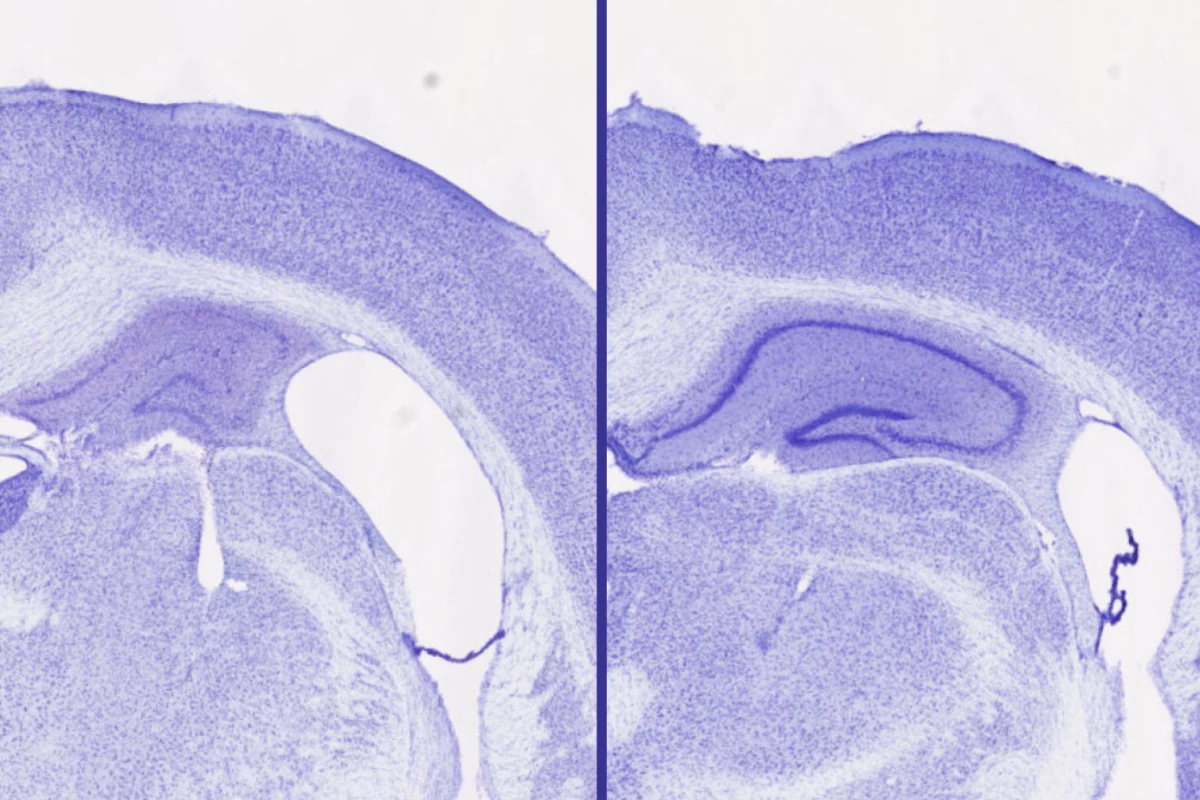A readily available sleep aid has been shown to have a surprising side effect on brain health, seemingly protecting the organ from the buildup of the tau protein – a key biomarker in the development of neurodegenerative diseases including Alzheimer's.
The findings come out of a new collaboration between scientists at Washington University School of Medicine in St. Louis (WashU Medicine) and Japanese drug company Eisai, which established a research department in 2022 to find novel Alzheimer's disease preventions and treatments. It's also a growing trend in research and development, as scientists look to existing medicines that may have uses beyond their approved purpose.
In this study, the focus was on the sleep aid lemborexant, better known by its brand name Dayvigo. Unlike a sedative, lemborexant is a central nervous system (CNS) depressant that blocks the function of orexin, a neurotransmitter that regulates and promotes wakefulness. It's a fairly new anti-insomnia treatment, having gained approval in December 2019. Orexin receptor antagonists are also showing promise as novel treatments for depression.
“We have known for a long time that sleep loss is a risk factor for Alzheimer’s disease,” said senior author David M. Holtzman, MD, Professor of Neurology at WashU Medicine. “In this new study, we have shown that lemborexant improves sleep and reduces abnormal tau, which appears to be a main driver of the neurological damage that we see in Alzheimer’s and several related disorders. We are hopeful this finding will lead to further studies of this sleep medication and the development of new therapeutics that may be more effective than current options either alone or in combination with other available treatments."
In their study, mice that were genetically engineered to be predisposed to tau buildup were either given lemborexant or another sleep aid, zolpidem – better known as Ambien – which is in a different class of insomnia treatment drugs. Zolpidem instead interacts with the gamma-aminobutyric acid (GABA) neurotransmitter, which lemborexant doesn't impact.
The mice on lemborexant had 30% to 40% more brain volume in the hippocampus – a crucial area for healthy cognitive function – than the animals on zolpidem, even though both maintained around the same amount of sleep. Loss of brain volume is, of course, a telltale sign of neurodegeneration.
While Holtzman and his colleagues were among the first scientists to identify lack of sleep as a driver of tau and amyloid buildup in the brain, the team found that it appears more complex than that – and that orexin receptor antagonists, in blocking harmful protein deposits, look to have neuroprotective properties.
However, this protective side effect was only seen in the brains of male mice, which is something the scientists must now investigate, looking at what role sex plays in the process. The team has hypothesized that this may be due to what we already know about female mice being predisposed to tau buildup and how it seems to cause less brain damage. If this is the case, then the drug benefits will be more difficult to detect.
While the study is another that shows results in the brains of mice, not humans, orexin receptor antagonists may have an added advantage over other sleep aids for people with neurodegeneration, as they don't impair motor function and coordination. Early results show there's promise here to use a drug like lemborexant as part of a multifaceted treatment plan.
“The antibodies to amyloid that we now use to treat patients with early, mild Alzheimer’s dementia are helpful, but they don’t slow the disease down as much as we would like,” he added. “We need ways to reduce the abnormal tau buildup and its accompanying inflammation, and this type of sleep aid is worth looking at further. We are interested in whether going after both amyloid and tau with a combination of therapies could be more effective at slowing or stopping the progression of this disease.”
The study is published in the journal Nature Neuroscience.
Source: Washington University School of Medicine in St. Louis





